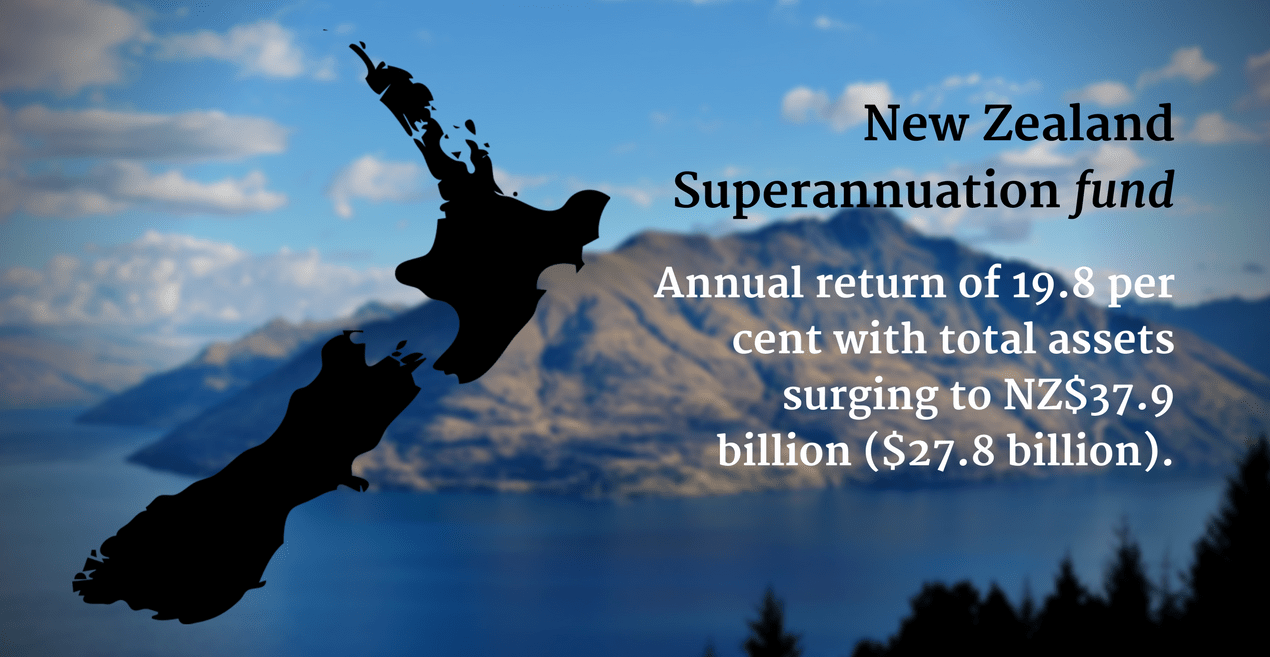New Zealand Superannuation Fund (NZ Super) has posted an annual return of 19.8 per cent for the year ended December 2017 with total assets surging to NZ$37.9 billion ($27.8 billion) amid an overweight value of growth assets or equities, an investment segment that the fund is heavily skewed towards.
Start your deal-making journey now!
Subscribe now to enjoy unlimited access at just $59.
Premium coverage on private equity, venture capital, and startups in Asia.
Exclusive scoops from our reporters in nine key markets.
In-depth interviews with industry leaders shaping the ecosystem.
Already a Subscriber? Log in
Contact us for corporate subscriptions at subs@dealstreetasia.com



